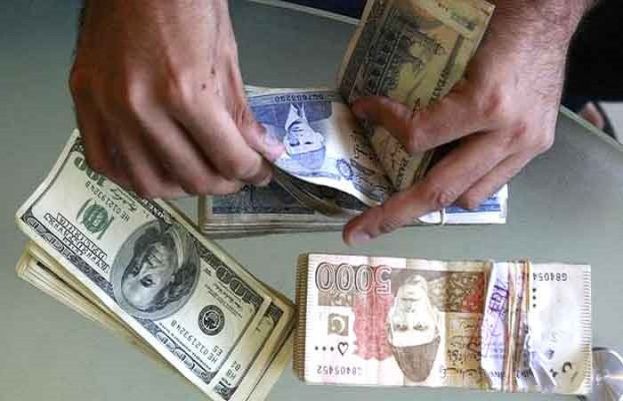
The public debt stood at Rs36.612 trillion at the end of February 2021, compared to Rs33.417 trillion at the end of February last year. The debt stood at Rs35.107 trillion in the period ended June 2020, according to the central bank’s data released on Monday.
It rose big time on the government’s domestic borrowing side, rising 6.43% to Rs24.780 trillion, while the government foreign debt increased only 0.06% to Rs11.832 trillion at the end of February 2021.
Within domestic debt, the long-term debt rose 9.88% to Rs19.454 trillion, however, short-term debt fell 4.51% to Rs5.326 trillion. The government finances its budget expenditures through tax collection, profit earned from state-owned enterprises, and borrowing from external sources.
Banks also fulfil a large part of the government domestic financing requirements. In the April-June 2021 period, the government aims to raise Rs4.7 trillion through borrowing from Market Treasury Bills, and Rs825 billion from Pakistan Investment Bonds, the auction calendar issued by the SBP on Monday showed.
The government’s debt strategy shows that it wants to borrow more from long tenor papers, especially by focusing on floating rate PIBs, and Sukuk to meet its spending requirements. This would help reduce the cost of borrowing of the government in times to come.
The government raised Rs1.490 trillion net financing in the first half (July-December) of the current fiscal year. It raised Rs450 billion from privatisation, external grants and borrowings.
The fetched amount through domestic borrowing was Rs1.040 trillion in July-December FY2021. The budget deficit increased to Rs1.4 trillion in July-December of the current fiscal year. The deficit as a percentage of GDP stood at 2.5%.
The World Bank said in its annual flagship South Asia Economic Focus report that Pakistan’s exposure to debt-related shocks would remain elevated in the medium-term, as would Pakistan’s exposure to debt-related shocks.
As fiscal consolidation efforts are expected to resume, the deficit is projected to remain elevated at 8.3% of GDP this fiscal year partly due to the settlement of arrears in the power sector, it said.
For the next fiscal year, the WB has projected the budget deficit at 7.7% of the GDP. The lender has projected the debt at 93.9 % of the GDP or Rs43 trillion, forecasting it to increase to 94.4% in the next fiscal year. The public debt was 88% of the GDP in the last fiscal year.
However, the ministry of finance in its monthly economic update and outlook said the fiscal performance from July-January FY2021 shows that the fiscal consolidation policy helped in preserving fiscal discipline, increasing revenues, and controlling expenditures.
On the revenue side, the FBR tax collection continues to improve, having exceeded the eight-month target by Rs17 billion. Eight months performance indicates that it would remain on track and the current fiscal year would end up meeting the set target, it said.
“However, the increase in Covid infection and related containment measures may pose certain challenges; especially the expenditure side may come under pressure.”
The government’s decreased demand for external funding amid a surplus in the current account, revaluation gains due to appreciation of the rupee against the dollar, the availability of multilateral funds and relief on principal payments by G-20 countries under the Debt Service Suspension Initiative have contributed to the accumulation of foreign debt.
from latest-news - SUCH TV https://ift.tt/2OpNU6y

0 Comments